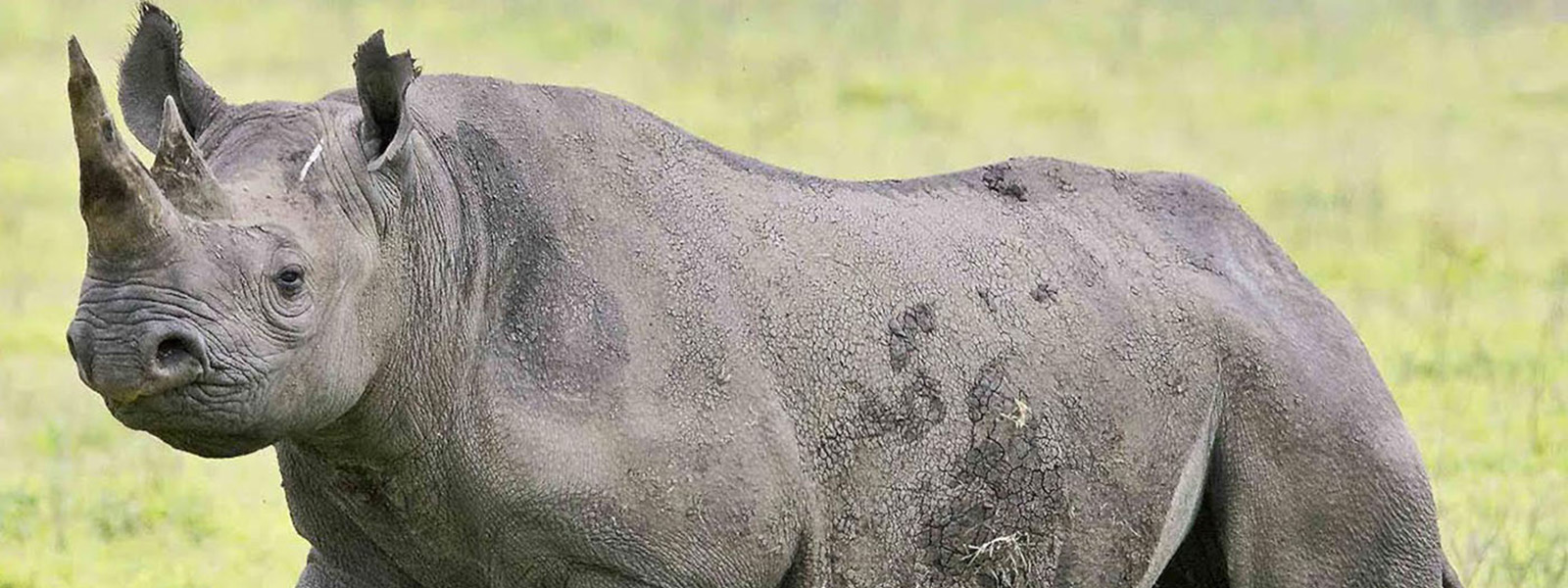
Discover the iconic Ngorongoro Crater
Extraordinary Wildlife And Landscapes
This is one of the world's greatest natural wonders, rich with wildlife and characterized by beautiful landscapes. Ngorongoro Crater is the world's largest inactive, intact and unfilled volcanic caldera; which formed when a large volcano exploded and collapsed on itself two to three million years ago.
It covers an area of 304 square kilometres (117 square miles), 610 metres deep (2,000 feet). The crater floor is 1,800 metres (5,900 feet) above the sea level, and its rim is 2,300 metres (7,545 feet). Ngorongoro Crater is an amazing ecosystem, it has a salt lake with many flamingos, fresh streams, swamps, big fresh springs, savannas and evergreen forests.
The crater is inhabited by many animals and it has a population of up to 25,000 animals living permanently in the crater. There are many buffaloes, wildebeests, zebras, gazelles, hippopotamuses, lions, hyenas, elephants, hartebeests, serval cats, caracal cats, ostriches, and the rare black rhinos.
Outside the crater, there is the Ngorongoro Conservation Area. This is another spectacular ecosystem where indigenous people - the Maasai live together with wild animals in harmony. Maasai are pastoralists who keep cows, sheep and goats. They believe that all wild animals are sacred, and it is taboo to hunt and eat wild animals. This belief has helped to protect wild animals for more than 150 years. For this important reason, Maasai people have been honoured as the natural conservationists and they have been respected as one of the most powerful tribes in Africa.
Within the Ngorongoro Conservation Area, that is where the Olduvai Gorge is situated. The skull of the earliest hominid was discovered in this ravine. Ngorongoro Conservation Area is a UNESCO World Heritage Site. A Ngorongoro Crater safari visit offers extraordinary experiences.